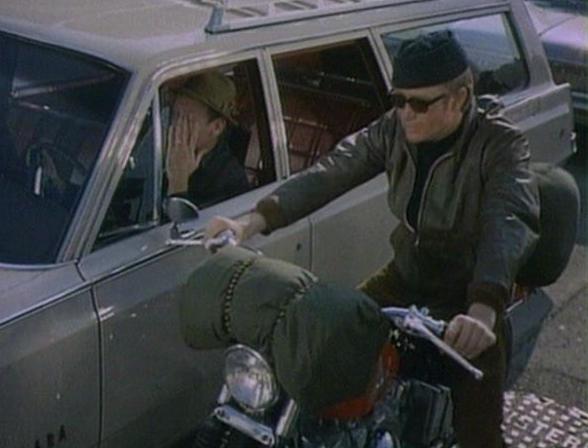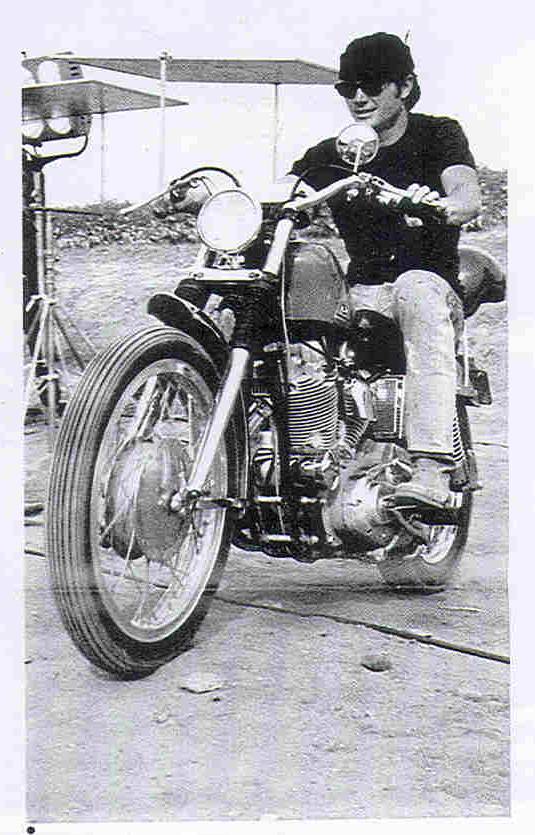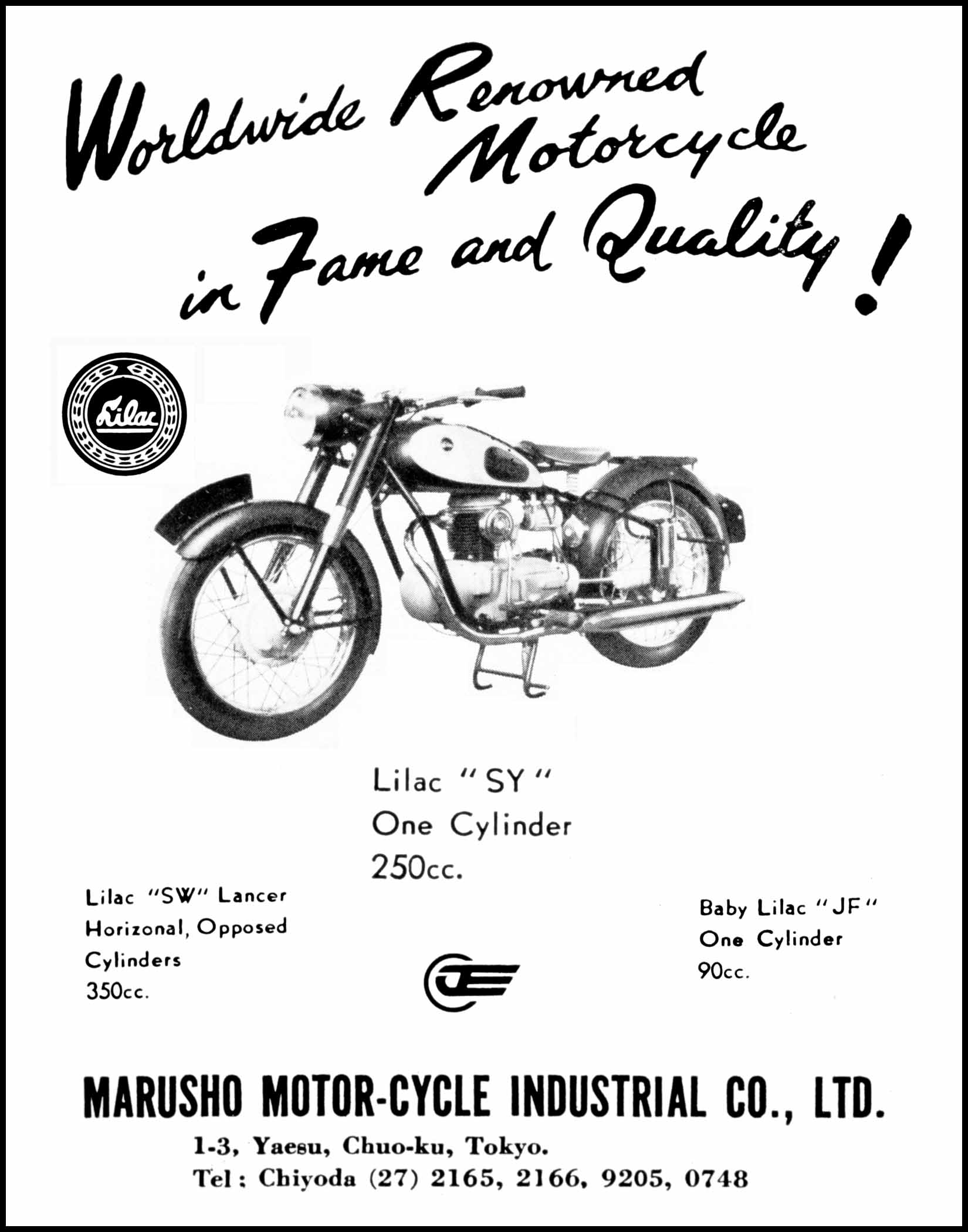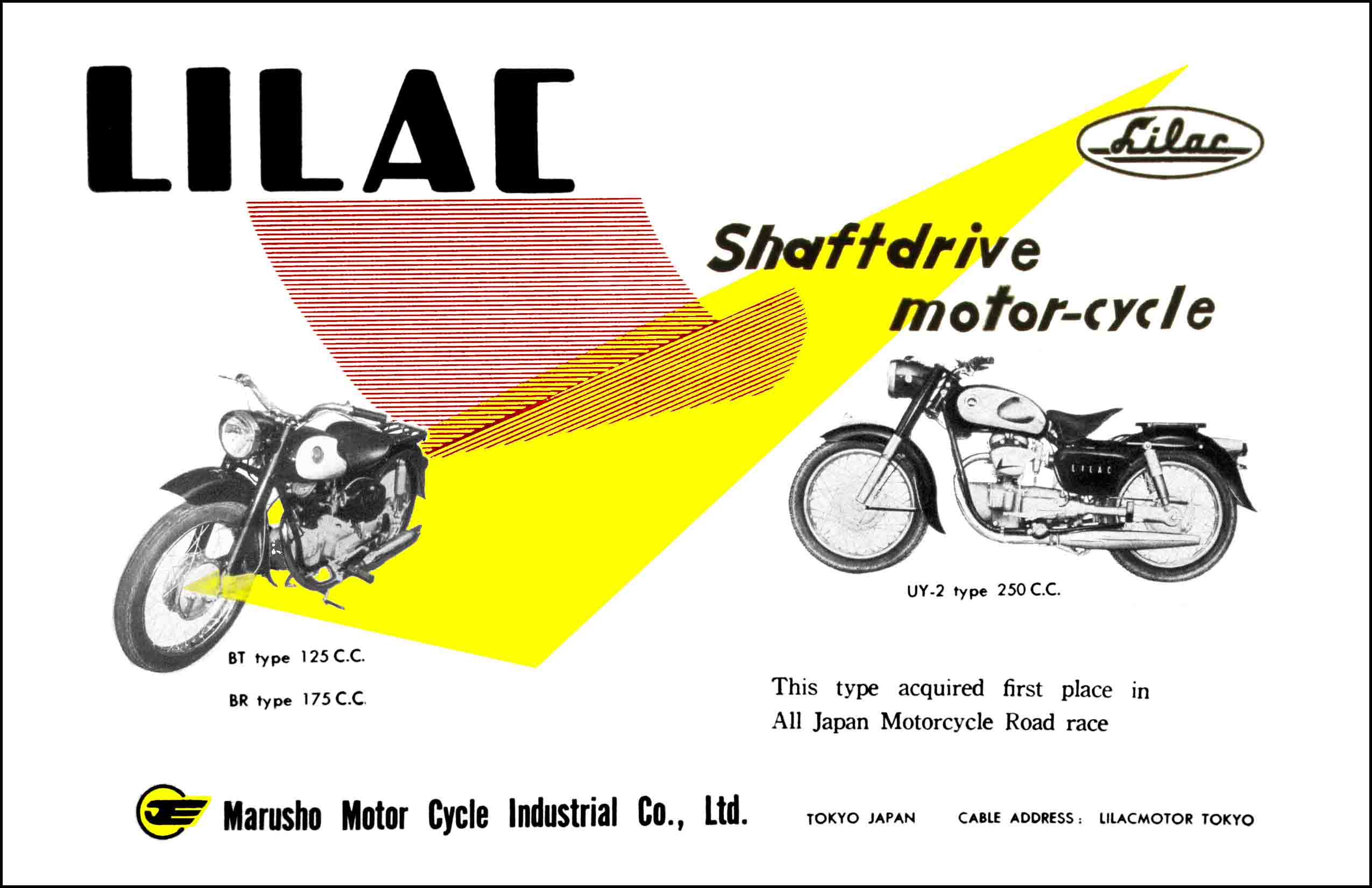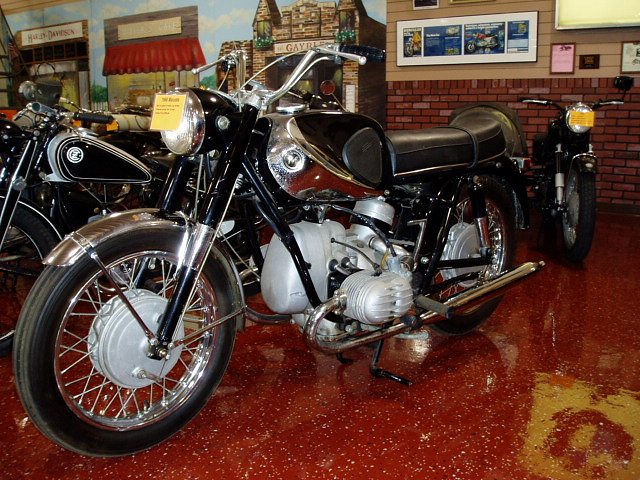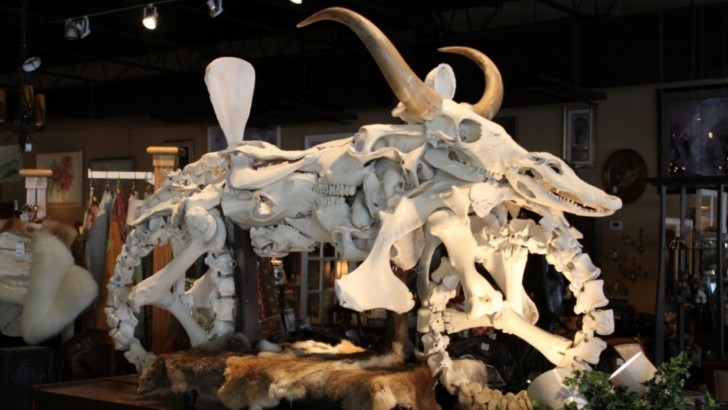





Walter Goerke sets a new World Record at Daytona riding his Indian 69 miles in the "One-Hour Motorcycle Race".
Walter Goerke, of Brooklyn, NY, sets a new World Record riding his 7hp Indian 69 miles in one hour breaking the Brooklands track record of 68 miles 1,380 yards. The record was accomplished in a time of 58 minutes, 25 4/5 seconds.
The same day Goerke sets a World Record in the '1 Kilometer Race" with a time of 27 4/5 seconds.
1909 saw Indian introduce of a number of models and innovations including; the loop frame, the twin-cylinder 630cc (38.61ci), first 2-speed transmission, the 4hp 2nd Series 500cc (30.50ci) twin, the hand brake, 7hp 2nd Series Big Twin 1000cc (61ci), 2¾hp 315cc (19.30ci) and 440 cc (26.96 ci), 3½hp loop frame singles.
Today in motorcycle history proudly supports the National Association for Bikers with a Disability (NABD). www.nabd.org.uk

